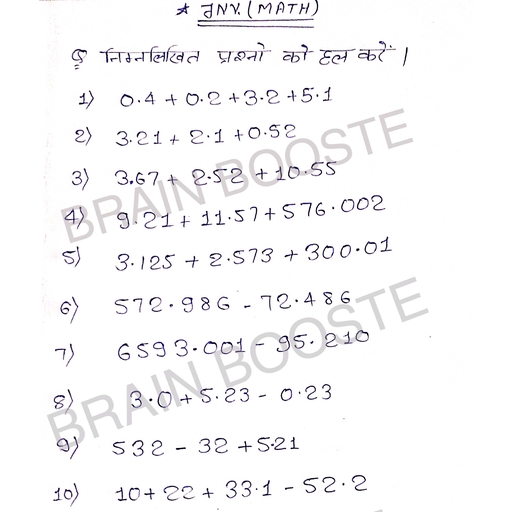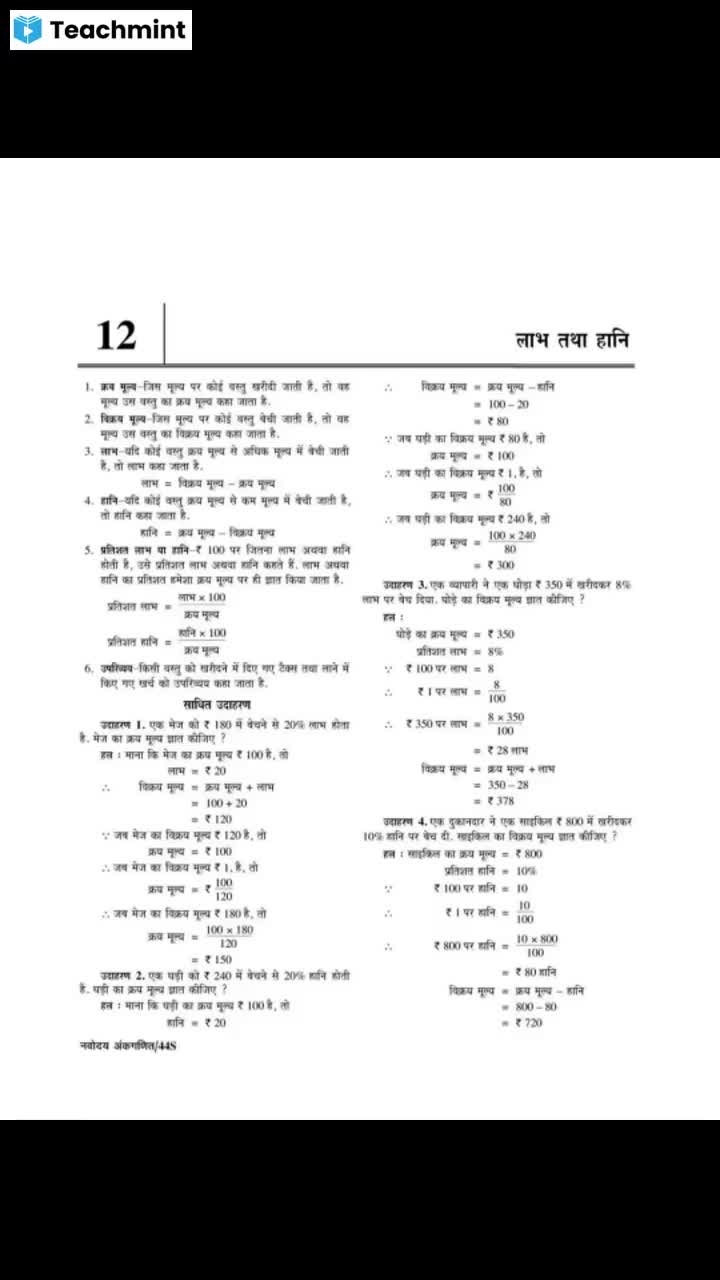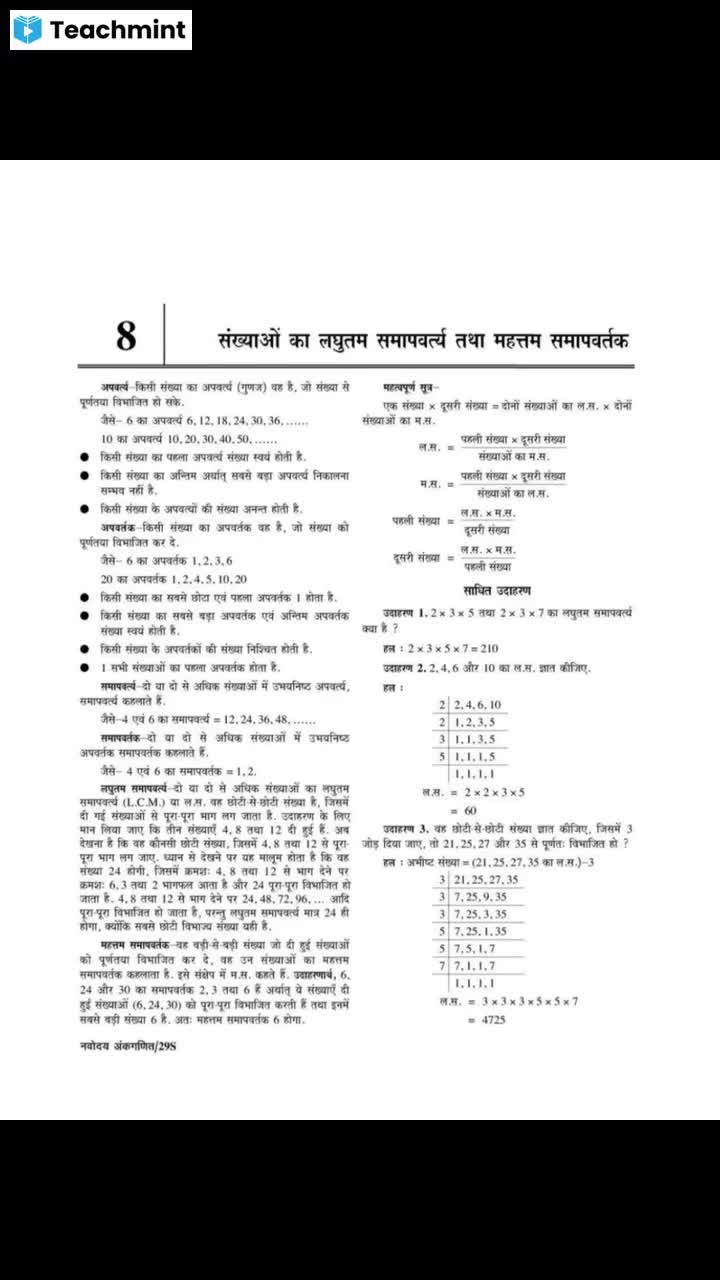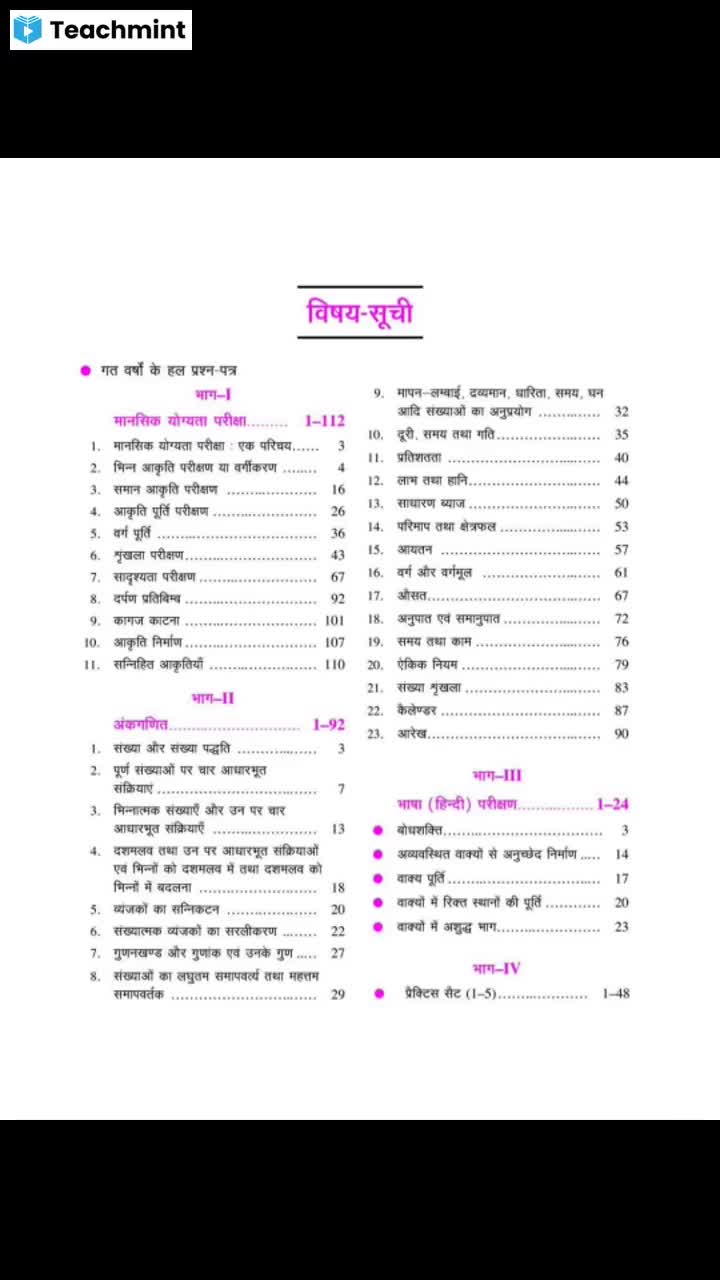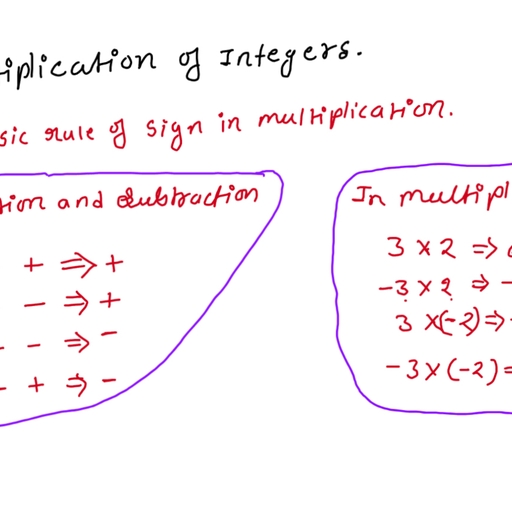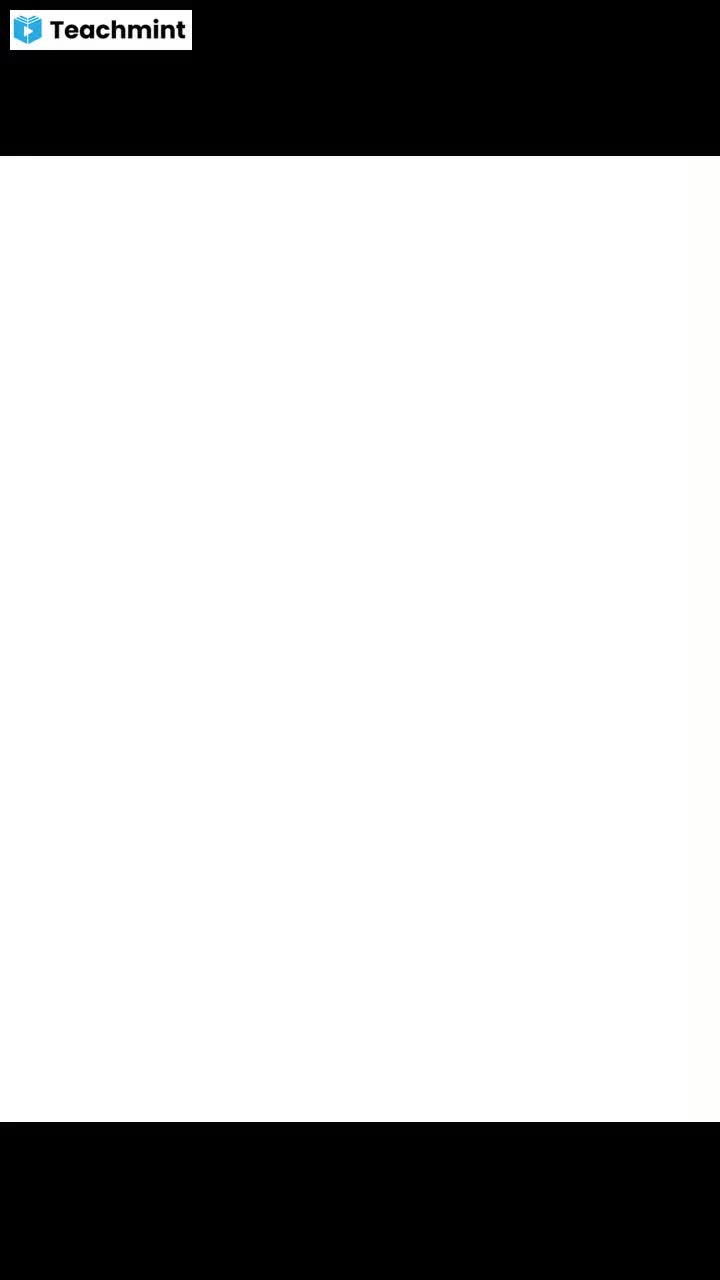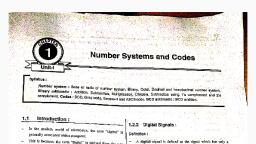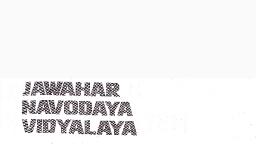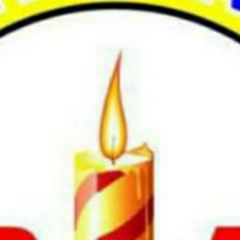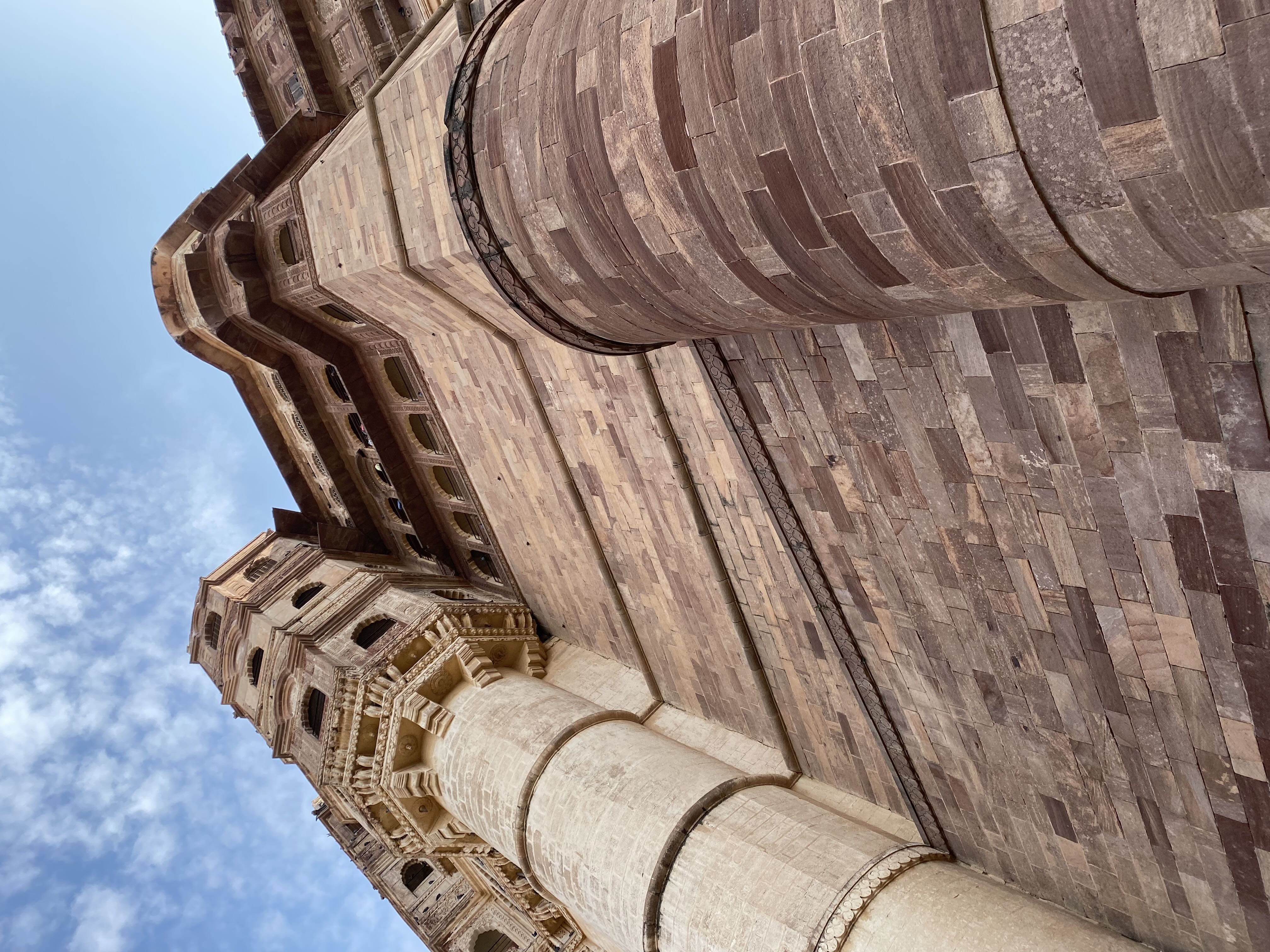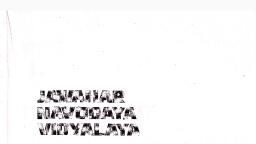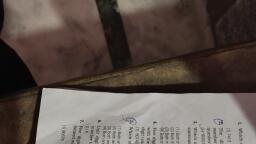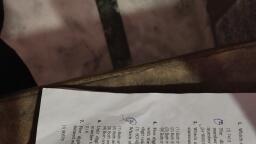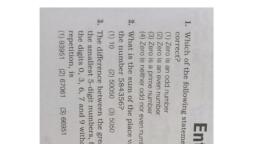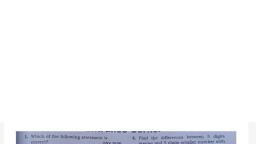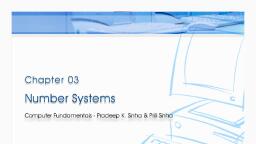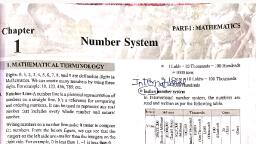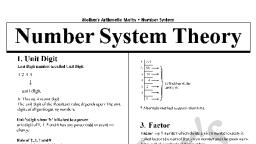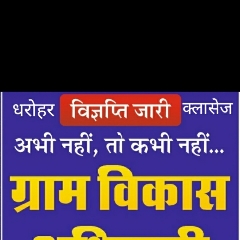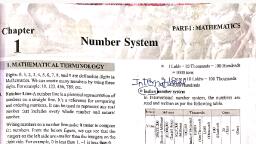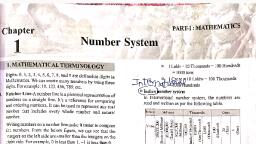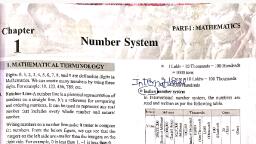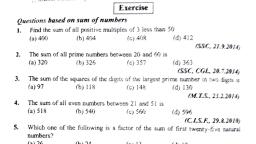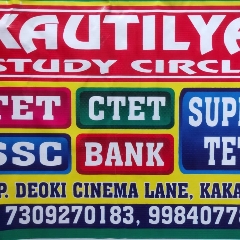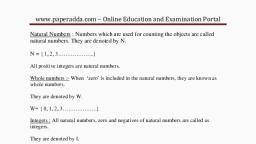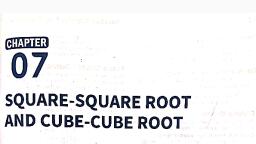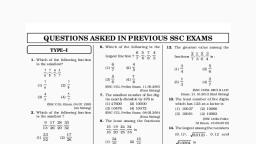Page 2 :
Gani, , 01, , NUMBER AND, NUMERIC SYSTEM., , Number, , In Hindu Arabic system, there are ten digits (i.e. 0, 1, 2, 3, 4, 5, 6, 7, 8, 9). A number is formed by considering, these digit as a group, which is called as numeral., , , , , , , , Systems 2, Anumeric system is a set of characters and mathematical rules that are used to represent a number., 1, Indian system, 2. International system, Indian/Hindu Arabic System, Periods Crores Lakhs Thousands Ones, D, ° oO c, o oO Zz, s = eg & g 8 g 3 2 8 8g 3 8 2 mig ©, Vues Jos |8o |s8 [S38 [és sbges [BS] ee [Se, es 8 ee = S Ee =, So — oS, = FE, Numeral 4 3 2 5 2 3 7 1 6, , , , , , , , , , , , , , , , , , , , , , According to the Indian system, the above numeral is written as 43, 25, 23, 716. It is read as forty three crore, twenty five lakh twenty three thousand seven hundred sixteen., , International System, , , , , , , , , , Periods Millions , ‘ Thousands Ones, , ie 2 9, , Lo oO So, , & co a S UD, , SS PPS ee chest [se | Fe | Bess! ey ole, Values Bs 28 23 es ES ac ge c= 57, , 28s ps = QF 5 e =, , so 3 2, , = 5, , Ba, , Numeral 4 3 2 5 2 3 1 6
Page 3 :
04, , It is most commonly used system in the world. In, this system above numeral is written as, , 432, 523, 716. It is read as four hundred thirty two, million five hundred twenty three thousand seven, hundred sixteen., , Example 1. Write the following in words, (8275 @i) 76901 _—iii) 1284578, Sol. (i) 8275 = Eight thousand two hundred *, seventy five., (ii) 76901 = Seventy six thousand nine, hundred one., (iii) 1234578 = Twelve lakh thirty four, thousand five hundred seventy eight., , Example 2. Write the following in figures ©, , ’ @ Seventy thousand three hundred sixty four., (ii) One lakh twenty five thousand four, hundred twenty., (iii) Five crore fifty lakh five thousand five, hundred’ five: ;, Sol. (1) 70364 (2) 125420 (8) 55005505, , Face Value, , The face value of a digit in a numeral is‘equal to, the digit number itself, irrespective of the place, occupied., , e.g., In 364, face value of ‘6’ is 6., , Place Value, The place value of a digit in a numeral depends on, the place it occupies. :, Place value of a digit = Face value of the digit, X Value of the place occupied, , e.g., In 8548 the place value of 5 is 5x 100 = 500, , Exatnple 3. Find the difference between face value and, place value of 8 in 35829. ,, (1) 834, (2) 729, (3) 792, (4) None of the above, Sol. (3) In 35829, Face value=8 and place value =8 x 100=800, Difference = 800-8 = 792, , Least and Greatest Numbers, , We know that, 1 is the least one digit number and 9 is, the greatest one digit nuint or finding the least, number of 7 digit, we write ) zeros in the right, , Navodaya Vidyalaya (Class VI) Entrance Eran, , side of 1 and for greatest number of n digit, we, the number 9 n times. ;, , e8., Least 4 digit number = 1000, Greatest 4 digit number = 9999, , Wtite, , Successor and Predecessor, , of a Number, , Successor is the number just after the given numb,, and predecessor is the number just before the sive,, number. To get successor or predecessor of ,, number we add or subtract 1 from it., , eg., Successor of 856979 is 856980 and predecessor, is 856978. : Li, , Roman Numbers, , The numbers which we use are called ‘Arabric |, Numbers’ but sometimes we use the another system |, for writing numbers called roman system. |, Mostly, roman numbers are used to denote the class, standard and position (Rank) ofa candidate, in faces, of clocks, in page numbering etc., , ’ The letters used in roman numbers are, , 1=1,V=5, X=10, L=50, C=100, D= 500, M =1000, Roman Numerals Chart, , , , , , , , , , , , Roman Arabic Roman Arabic, \ 1 XVII 17, Ul 2 XvIll 18, Ul 3 XIX, 19, \V 4 XX 20, Vv. 5 XXX 30, Vl 6 XL 40, Vil 7 L 50, vill 8 XC 90, IX 9 on" 100, x 40 D 500, xl 1 DI 501, Xll 12 DL 550, xill 13 CM 9000, XIV 14 MD 1500, Xv 15 MM 2000, xv 16, , , , Types of Numbers, , There are following types of number, , Natural Numbers : 4, The counting numbers such as 1, 2, 3,4, ... are calle, as natural numbers., , The set of natural numbers is denoted by N.
Page 4 :
Number and Numeric System, , N={,2,3,4..3) |, (i) 1 is the smallest natural number., (i) 0 is not a natural number., , Whole Numbers, All natural numbers together with 0 (zero) are, called whole numbers., The set of whole numbers is denoted by W., ~ W=1{0,1,2,34...}, Here, 0 is the smallest whole number., , Integer Numbers, All natural numbers together with 0 and negative, numbers are called integer numbers., The set of integer numbers is denoted by J., T={....,-5-4-3 —2,-1, 0,1, 2,3 4 5,6,...}, (i) I* = 1, 2, 3,4... are positive integers., Gi) I” = -1, -2 -3,-4... are negative integers., (iii) 0 (zero) is neither positive integer nor negative, integer., , Even Numbers, , The natural numbers which are divisible by 2 are, called as even numbers. e.g., 2, 4, 6, 8, 10, ..., , Here, 2 is the smallest even number., , Odd Numbers, , The natural numbers which are not divisible by 2, are called as odd numbers. ¢.g., 1, 3, 5, 7, 9; «-Here, 1 is the smallest odd number., , 05, , Rational Numbers, Numbers which can be written in the form # (q #0),, , where p andgq gre integers, are called rational numbers., , eg., PPE, Irrational Numbers, Numbers which cannot be written in the form, , a # 0), where p and q are integers, are called, irrational numbers. e.g., V2, V5., , Prime Numbers, The natural numbers greater than 1 which are not, divisible by any number except 1 and itself are called, prime numbers.e.g., 2, 3, 5, 7, ..., (i) 2 is the smallest prime number and again it is, the only even prime number., (ii) The prime numbers upto 100 are 2, 3, 5, 7, 11,, 13, 17, 19, 28, 29, 31, 37, 41, 43, 47, 53, 59, 61,, 67, 71, 73, 79, 83, 89 and 97., (iii) ‘The elements in the set of natural numbers,, prime numbers and whole numbers are infinite., , Composite Numbers, Numbers other than 1 which are not prime are called, composite numbers. As 4, 6, 8, 9 are all composite, numbers., , (i) 4 is the smallest composite number., , (ii) 1 is neither prime nor composite., , Entrance Corner, , 1. Which of the following statement is, correct? DNV 2019], (1) Zero is an odd number, (2) Zero is an even number, (3) Zero is a prime number, (4) Zero is neither odd nor even number, , 2. What is the sum of the place value of 5 in, the number 584356? DNV 2019], (1) 10 (2) 50050 (3)5050 (4) 500050, , 3. The difference between the greatest and, the smallest 5-digit numbers, formed by, the digits 0, 3, 6, 7 and 9 without, repetition, is UNV 2019], , (1) 93951 (2) 67061 (3) 66951 (4) 60840, , 4. Find the differences between 5 digits, greater and 5 digits smaller number with, different digits. UNV 2018], (1) 41976 (2) 88531 (3) 98531 (4) 108999, , 5. Using the different digits, find the smallest, number of 4 digits in which 9 is in tens, , place. DNV 2018], (1) 1290 (2) 1092, (3) 2091 (4) 2190, , 6. Which is the smallest 5 digit number, formed by digits 5,1,6 when two digits can, , be used twice? UNV 2018], (1) 11565 (2) 51156, (3) 11556 (4) 11655
Page 5 :
06, , 1. In which of the following numbers only, one prime number lie. UNV 2018], (1) 40 and 50 (2) 60 and 70, (3) 80 and 90 -(4) 90 and 100, , 8. What is quotient when 76076 is divided by 13?, UNV 2018], , (1) 5652 (2)5852 = (3) 5762 ~— (4) 5662, 9. Which one is the smallest number?, DNV 2016], (1) 7418 (2) 7130. (3) 7985 (4) 7545, , 10.. The difference between, the smallest, number of six-digits and the largest, number of four-digits is UNV.2016], (1),.90001 (2) 91000 (3) 90100 (4) 90010, , 11, Which one of the following is the correct, statement for the numbers 56 and 84?, DNV 2016], (1) Both the numbers are prime, (2) Both the numbers are co-prime, (3) Both the numbers are multiple of 14, (4) Both the numbers are odd, , 12. Five digits greatest number to be formed, with the help of 7, 2, 4, 8 and 0 is-(each, digit using once time) UNV 2015], (1) 80742 (2) 87042 (3) 87420 (4) 87402, , 13. Which statement is true for 11 and 21?, , UNV 2015], , (1) Both are divisible numbers, , (2) Both are even numbers, , (3) Both are co-prime numbers, (4) Both are multiple of 3, , 14, Five digits greatest odd number to be, formed with the help of 3, 5; 7, 9 and 0 is, , UNV 2014], (1) 90573 (2) 97530. (3) 97503 (4) 97053, , Navodaya Vidyalaya (Class VI) Entrance Exam, , 15. Highest two digits prime number is, : UNV 2013), (1) 93 (2) 97 (3) 91 (4) 99, 16. Find the greatest five digit even number, using the 3, 0, 5, 7 and 8 digits. JjNv 2013], (1) 83570 (2) 85703 (3) 87530 (4) 87350, 1%. Find the greatest five digit number using, the 9, 6, 3 and O digits (Any one digit, repeated twice.) : DNV 2013], (1) 96630 . (2) 96300 - (3) 99630 (4) 90963, 18. The difference between the place values of, two 7s in 27307 is UNV 2011], (1) 6993 (2) 7300 (3) 307 (4) 40, 19, Which one of the following is a prime, number? DNV 2011], (1) 81 (2)83° (3) 85 (4) 87, 20. Eighty thousand nine hundred and five is, represented in number form as _[JNV 2011], (1) 8095 (2) 80905 (3) 809005 (4).8009005, 21. Sixteen lakh eight hundred and thirteen, may be written in digit as DNV 2010], (1) 16813 (2) 160830 (3) 1600813 (4) 160813, , ' 22. The place value of 5 in 214.56 —_ [JNV 2010], , , , , , , (5x4 (2)5 x 10, (3)5 x 0.1 (4) 5 x 0.01, , 23. Find a prime even number out of the, following numbers. ‘ [JNV 2008], (1) 4 (2) 6, (3) 2 (4) 13, , 24. In a question of division if divisor is 51,, quotient 16 and remainder 27, then the, dividend will be UNV 2004, 1994], (1) 843 (2) 483, (3) 94 (4) 1393, , , , 14 | 2@ | 3@ 1 4@ | 5.@, , 6. (3) | 7. (4) | 8. (2) 9. (2) | 10., , , , a1. (3) | 12. 3) | 13.(3) | 14, @) | 45. (2), , , , , , , , 21. (3) | 22. (3) | 23. (3) | 24. (1), , , , , , , , 16. (3)_| 17. (3) | 18. (1) | 19. (2) | 20.











